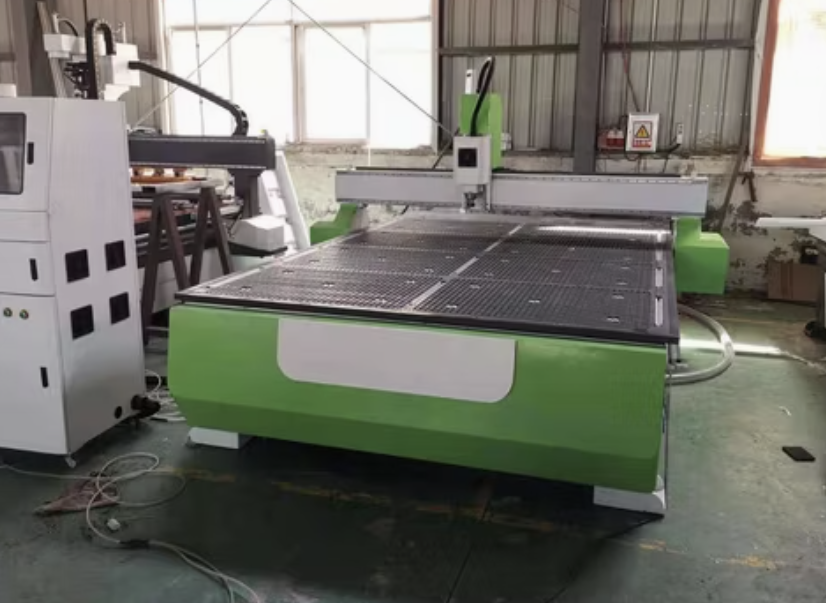
Posted on Monday, November 25, 2024
The metal fabrication industry thrives on innovation, with machines tailored to meet the unique needs of various market segments. From residential hobbyists to large-scale industrial manufacturers, selecting the right equipment ensures efficiency, cost-effectiveness, and high-quality output.
For individuals and small businesses engaged in light fabrication or creative projects, the residential market prioritizes versatility and ease of use. Machines designed for home or workshop use must be compact, relatively quiet, and compatible with standard power supplies.
Commercial-scale fabrication demands reliable machines that can handle moderate production volumes. These businesses, such as sign makers or custom metal manufacturers, require machines offering both productivity and flexibility.
In the industrial sector, metal fabrication machines must be robust, highly efficient, and capable of handling large-scale production demands. Automation plays a significant role in improving precision and reducing labor costs.
Regardless of the market segment, there are certain universal features to look for when purchasing metal fabrication machines:
A: Key factors include your production needs, available space, power supply, budget, and the type of materials you’ll work with.
A: While residential machines are versatile, they lack the capacity for consistent, high-volume production required in commercial projects.
A: Look for machines with high energy efficiency ratings and advanced technology like servo motors, which consume less power.
A: Absolutely. Robotic systems reduce labor costs, enhance precision, and significantly improve production speed.
Selecting the right metal fabrication machine is a crucial decision that depends on your market segment and specific production needs. Whether you’re a hobbyist, a mid-scale manufacturer, or an industrial giant, understanding the unique requirements of your market will help you make informed purchasing decisions. Investing in the right equipment not only boosts productivity but also ensures a strong return on investment over time.

Most Popular Roll Forming Machines in the United Kingdom
Posted on Thursday, December 11, 2025
This blog breaks down the five most in-demand roll forming machines in the UK

Can I Finance a Roll Forming Machine?
Posted on Thursday, December 11, 2025
Financing a roll forming machine is easier than most buyers think. Here’s how leases, loans, and payment plans make production affordable.

Roll Forming Machines for Sale in the UK: What Buyers Need to Know Before Purchasing
Posted on Thursday, December 11, 2025
This complete guide explains everything UK buyers must know before purchasing, including machine types, voltage requirements, CE/UKCA compliance

Roll Forming Machines for Sale in the USA: What Buyers Need to Know Before Purchasing
Posted on Wednesday, December 10, 2025
This guide explains everything U.S. buyers need to know before purchasing a roll forming machine, including machine types, pricing, voltage
Copyright 2026 © Machine Matcher.